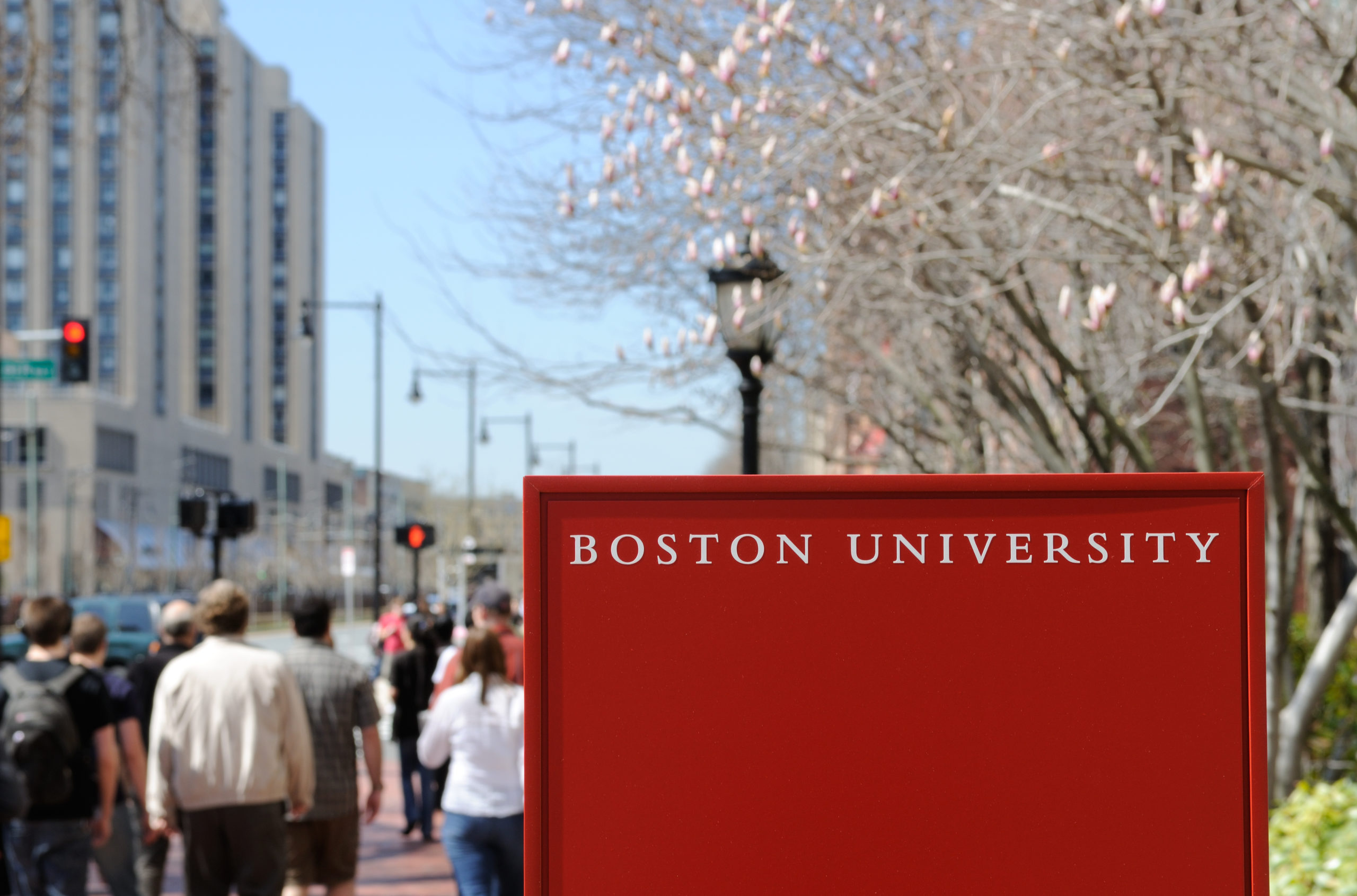When it first became clear that the novel coronavirus would cause colleges to close for the year, soon-to-be graduates mourned the loss of their senior spring. Other students, while disappointed at the abrupt end to the semester, were grateful that they would not have finals but would resume their studies this fall. At the end of March, the majority (64 percent) of college presidents were likewise optimistic that their campuses would reopen as usual next semester.
Now, that optimism just seems like wishful thinking.
Over the past few weeks, many college students have begun to hear rumblings that they will be stuck at home for months longer than expected.
Bowdoin College in Maine recently announced the formation of a committee to study the feasibility of bringing students back to campus this fall. The committee plans to determine protocols for social distancing and for housing and feeding students, as well as the implications for college sports and other student activities.
And earlier this week, Boston University announced that it is planning for the possibility that the start of the fall term might need to be delayed until January 2021. An article on its website states,
After media outlets widely reported on the possibility that B.U. was considering delaying opening its residential campus until January, with summer 2021 academics replacing those currently planned for fall 2020, the university added a disclaimer to its post:
And, yet, the possibility that colleges will have to resort to such contingency plans seems ever more likely.
Eric Feigl-Ding, an epidemiologist and visiting scientist at the Harvard T.H. Chan School of Public Health, told CNN that,
Over at Forbes, Lucie Lapovsky reports that Beloit College in Wisconsin plans to replace its traditional fall semester with two six-week sessions with students taking two courses in each session.
Discussions about delayed start dates are fueled by the realization that COVID-19 will be with us for some time. Even if large sectors of the American economy are able to reopen, residential colleges — where students often sleep three to a room, share bathrooms and dining facilities, and congregate in tight groups for sporting events, parties, and other activities — are unlikely to reopen until a vaccine is widely available.
Fully opening residential colleges before such time poses legal risks for universities, and some university insiders speculate that colleges will hesitate to reopen unless Congress grants them comprehensive immunity stemming from sickness or death related to COVID-19.
“If the virus is still around and we don’t have testing capacity, reopening becomes very, very difficult,” Brown University president Christina Paxson told the Boston Globe.
Although on-line programming remains an option, some college leaders, including Howard University president Wayne Fredrick, have expressed concern that large numbers of students will not enroll if they cannot take classes in person. Fredrick told CNN,
Others worry that, even when colleges fully reopen, some students will not return. According to the New York Times,
One thing is clear: a generation of college students has been forced to put life on hold indefinitely. And students who eventually go back to college will find their campuses transformed in ways they could not have imagined just a few short weeks ago.

